Top 10 most unusual threatened Australian species

AUSTRALIA IS FACING what experts have called an ‘extinction crisis’ with more than 1800 plants, animals and ecological communities at risk.
Unlike many other places around the world, 80 per cent of our plants, mammals, reptiles and frogs are unique to Australia; found nowhere else in the world.
Here, we look at some of Australia’s most unusual animal and plant species that are currently living on the brink.
1. Giant pink slug
Triboniophorus aff. graeffei
Status: Endangered
These bright pink slugs only live on Mount Kaputar in northern NSW, well camouflaged among beds of red eucalyptus leaves.
They live among 20 other species of land snails in the same area, making it an ‘Endangered Ecological Community’.
The identification and listing of this land snail community under the NSW Threatened Species Conservation Act (1995) is the first of its kind in Australia.
According to geologists, a volcanic eruption 17 million years ago on Mount Kaputar kept a small, 10 sq. km area lush and wet, perfect for the slugs and other unique species.
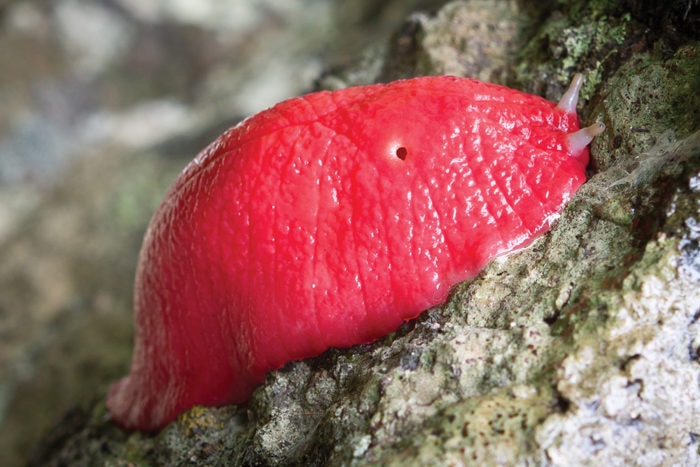
(Image credit: R. Cleary)
2. Giant dragonfly
Petalura gigantean
Status: Endangered (NSW)
This giant dragonfly is Australia’s third largest, and one of the largest in the world – their abdomens growing up to 7cm long.
It’s found along the east coast of NSW from the Victorian border to northern NSW, in permanent swamps and bogs that have a good supply of water and vegetation.
One the biggest threats to the dragonfly is climate change, as it depletes water sources and increases the risk of fire that can harm the dragonfly’s habitat.
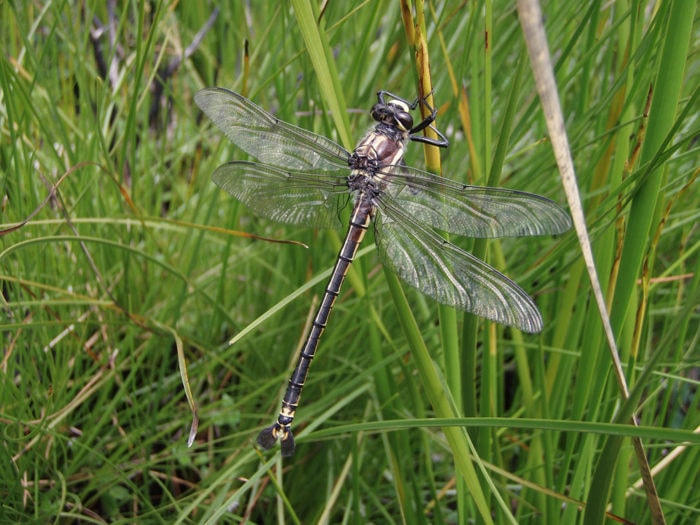
(Image credit: R. Cleary)
3. Underground orchid
Rhizanthella slateri
Status: Endangered
As its name suggests, this special orchid grows almost completely underground.
Confined to small patches in eastern Australia, bizarrely, this endangered species completely lacks chlorophyll, relying on its fungal partner for nourishment.
The seed of this genus is unusual among Australian orchids, as it is carried in a berry-like fruit, in contrast to the dust-like seed of others.
The flowers are thought to be pollinated by fungal gnats and the seed is eaten and distributed by bandicoots.
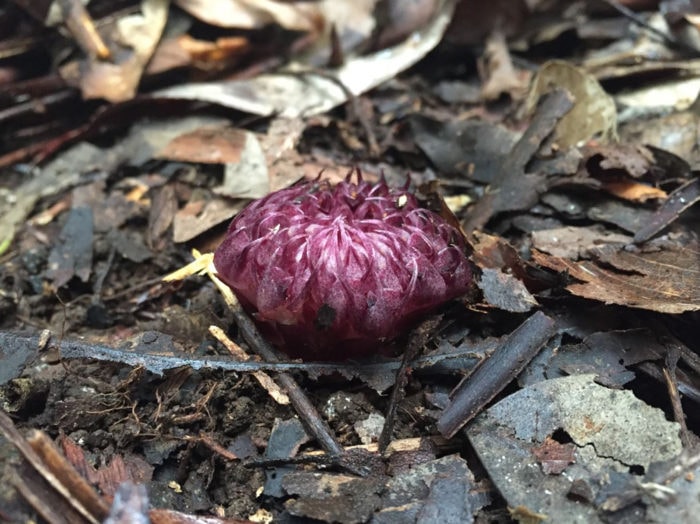
(Image credit: OEH)
4. Jewelled gecko
Strophurus elderi
Status: Vulnerable
This spotted gecko is decorated in white spots against a black, grey or brown background of scaly skin.
During the day they nestle in the hummock grass that grows throughout the arid areas of central Australia or hide inside their burrows, typically located beneath spinifex.
That these geckos are highly dependent on outblack plants means they’re very sensitive to changes to their habitat caused by different fire regimes and agriculture.
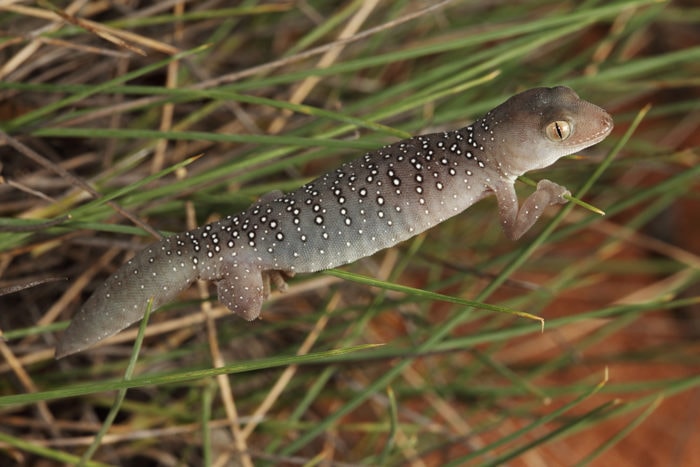
(Image credit: Stephen Mahony)
5. Alpine she-oak skink
Cyclodomorphus praealtus
Status: Endangered
The elusive alpine she-oak skink has only ever been spotted within Kosciuszko National Park in NSW, between the villages of Smiggin Holes and Kiandra.
With its brown, black and light grey checkered skin, it camouflages perfectly with the leaf litter, rocks and logs it enjoys lounging on.
Preferring the subalpine and alpine grasslands of NSW, these skinks are among a number of species threatened by the impact of Kosciuszko’s feral horses (brumbies).
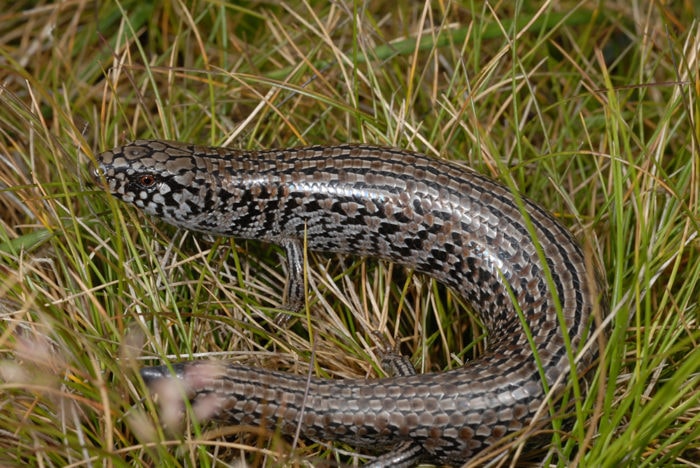
(Image credit: Dave Hunter)
6. Mountain pygmy possum
Burramys parvo
Status: Endangered
Prior to 1966, it was believed that the adorable mountain pygmy possum was extinct. That is, until one was spotted running around a ski lodge kitchen at Mount Hotham, Victoria.
These tiny marsupials weigh just 40 grams, but this changes in autumn as they fatten up for hibernation.
It’s believed there are only 500 adults in the four main populations living on the highest mountains of Victoria and NSW, and two of those populations live in ski resort areas.
As the only marsupial known to hibernate under the snow, mountain pygmy possums are now under threat from climate change. Periods of short snow cover and early snowmelt, as well as thinning snow cover, all disturb their hibernation.
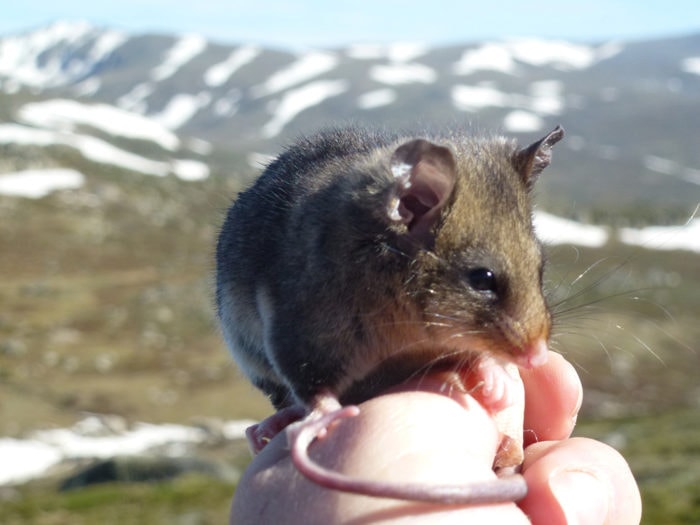
(Image credit: Cait Aitken)
7. Barking owl
Ninox connivens
Status: Vulnerable (NSW)
The barking owls “wook-wook”-sounding call is often mistaken for the yap of a dog or a fox, but really they’re communicating with potential mates.
They’re notorious, however, for their high-pitched scream, which has earned them the nickname ‘the screaming woman’.
Sadly, this charismatic bird is considered vulnerable across NSW due to habitat loss, but the species is still considered quite common in parts of northern Australia.
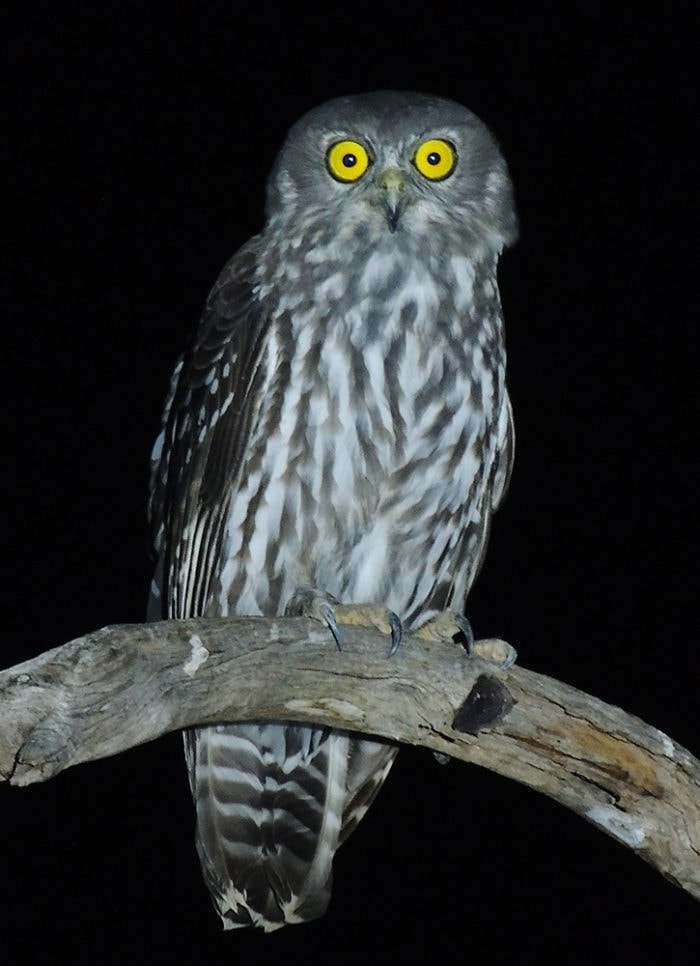
(Image credit: Lachlan Copeland)
8. Hygrocybe reesiae
Status: Vulnerable
Hygrocybe reesiae is a particularly beautiful species of mushroom, with cream-coloured gills and a lilac-coloured cup.
It’s been spotted in several areas across Lane Cove on Sydney’s Lower North Shore, and also the Blue Mountains National Park west of Sydney, where it grows in both groups and also individually.
This Aussie fungi is currently under threat from water pollutants and invasive weeds.
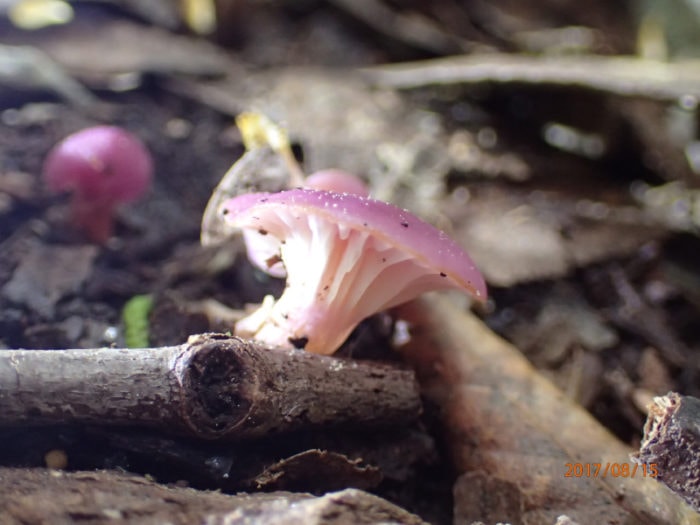
(Image credit: OEH)
9. Golden sun moth
Synemon plana
Status: Endangered
True to its name, the golden sun moth chooses to fly around, often in zig-zag patterns, during the warmer hours of the day.
While the female sports bright orange-yellow coloured wings, the males are a more subdued dark brown with white squiggle patterns.
The adults only live for one to four days, which apparently isn’t enough time to eat, so evolution forgot their mouthparts.
The larvae, however, feeds on native grasses such as wallaby grass (Rytidosperma carphoides), and the destruction of this grassland has seen their numbers plummet.
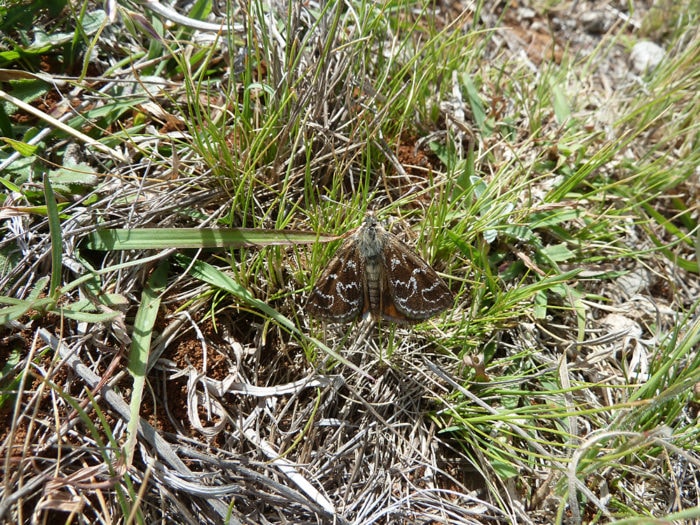
(Image credit: OEH)
10. Small purple-pea
Swainsona recta
Status: Endangered
This gorgeous, bright purple plant was once abundant across the grasslands of south-eastern Australia.
This pea plant can grow to up to 30cm and individual plants can live long lives; the longest recorded being 20 years.
However, due to agricultural activities, the survival of these plants has been threatened. Back in 1995, just 1600 plants were known. But this number has increased over the past few years thanks to replanting efforts.
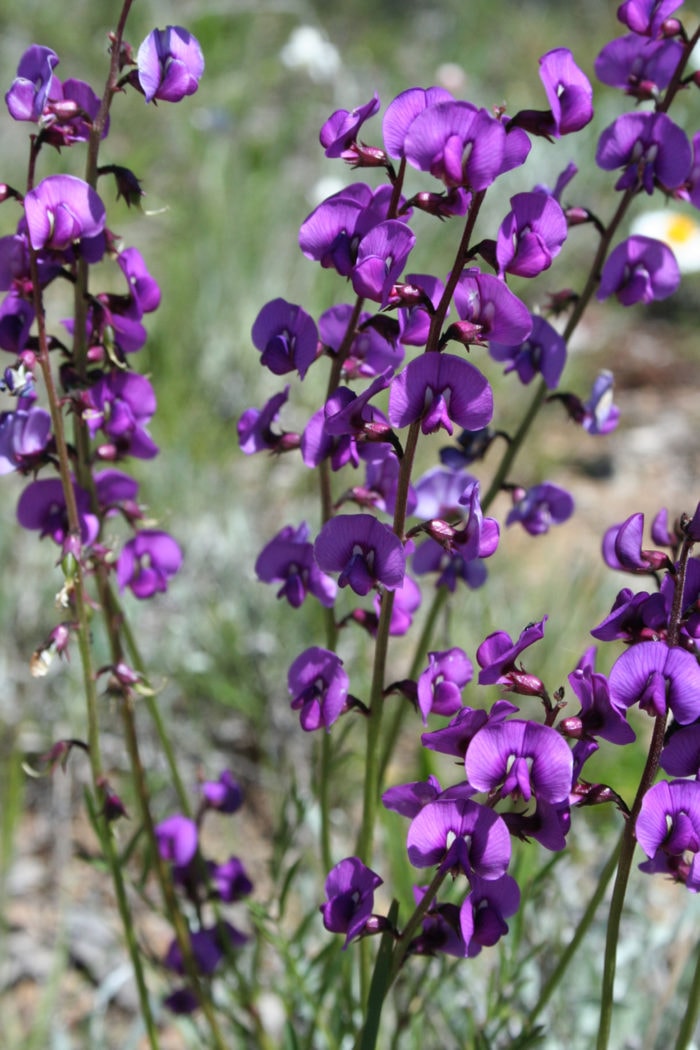
(Image credit: Anna Murphy)
This article was put together with the help of the NSW Government’s Saving our Species program. The Saving our Species program has conservation projects in place to save these unusual threatened species, and hundreds more. Saving our Species is also the sponsor of our Conservation of the Year award.




